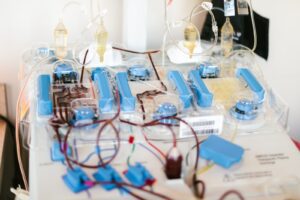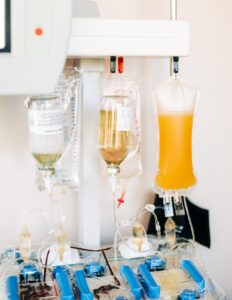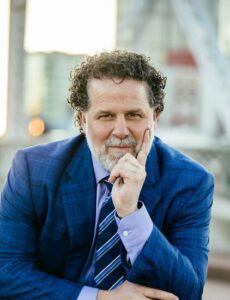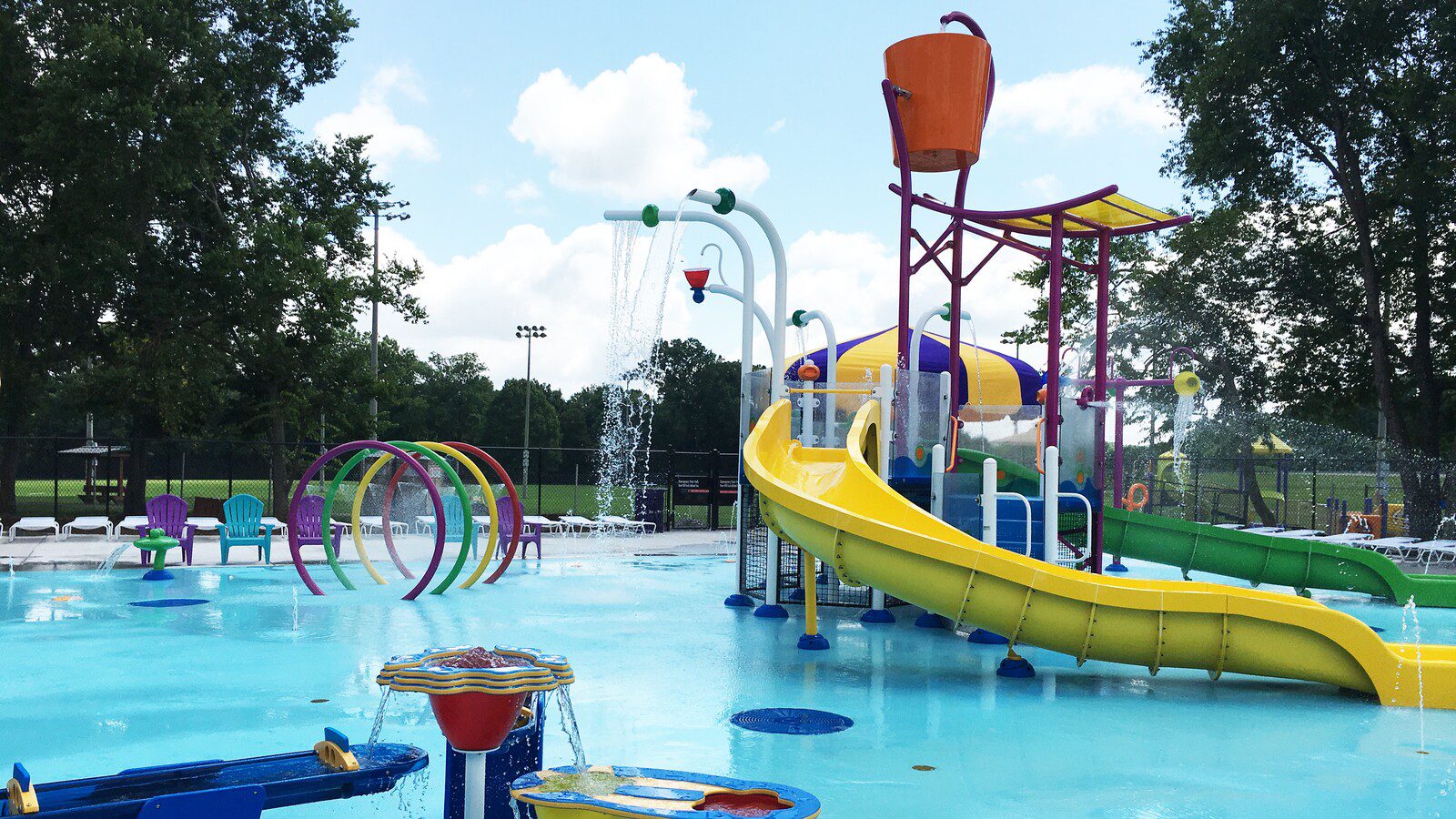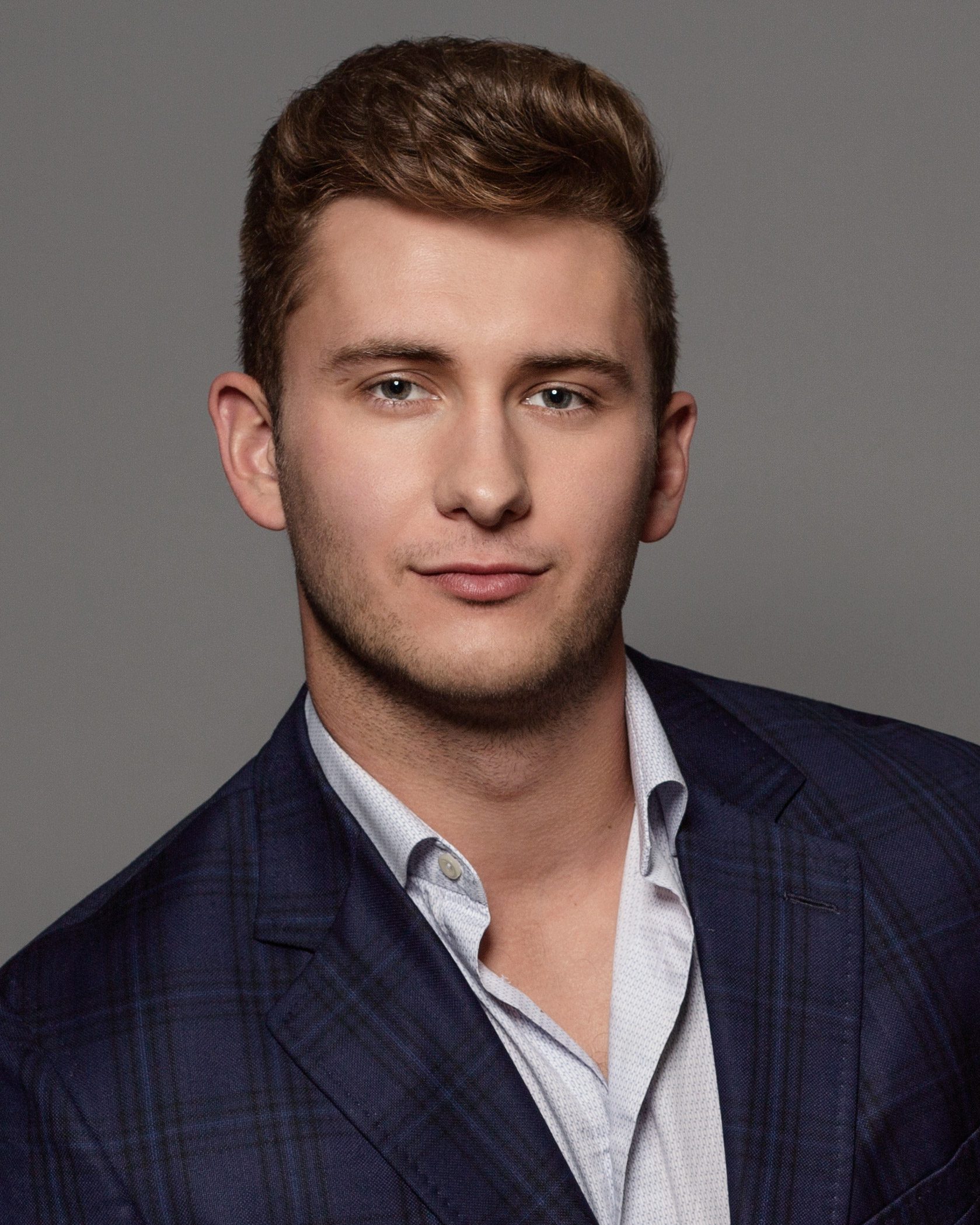Regenerative Plasma Exchange – MaxWell Clinic’s Dr. David Haase Explains
Article by Lisa Valentine
Originally published in Brentwood Lifestyle
MaxWell Clinic’s Dr. David Haase Explains Regenerative Plasma Exchange
For Dr. David Haase his career in medicine is a natural fit. “I just love seeing people thrive…” says Dr. Hasse, Founder and CEO of MaxWell Clinic. “Wherever somebody needs help, I like to pitch in and be that help…” This outlook has led to opening his practice in 2003 to help improve the health of people in middle Tennessee.
With knowledge gained from his medical training from Vanderbilt University and his residency at Mayo Clinic, he founded the MaxWell Clinic—which has two locations in Brentwood and Clarksville, Tennessee—to drive forward the innovation of advancements in fields such as nutrition, genomics, systems biology, apheresis, and brain assessment. Over the past decade, Dr. Haase has focused on Regenerative Plasma Exchange as a way to treat and slow down the process of cognitive decline in patients.
“We are pioneering the field of personalized regenerative systems medicine,” shares Dr. Haase.
While the science behind Regenerative Plasma Exchange is complex, Dr. Haase illustrates it in a way that almost everyone can understand, equating the treatment to changing the oil in your car.
“Do you change the oil in your car? Why do you do that? Because dirty oil wears down the engine,” explains Dr. Haase. “Turns out that our plasma is the oil that pumps through our body and that can have an accumulation of damage that can build up in the plasma, just like when the accumulation of damaged molecules and rust and little oil particles happen in the oil your car. That turns out it builds up in our plasma. When we’re young, we don’t make a lot of those damaged molecules and rusted molecules…As we age, we tend to make more degenerative products or more degenerative substances…What plasma exchange does, is essentially the oil change.”
Dr. Haase further describes that Regenerative Plasma Exchange works in such a way that it makes old stem cells start to behave as young stem cells and can “resuscitate body-wide stem cell activity.”
“It’s like having a highly technical IV. It’s an IV with two different IVs running simultaneously,” he explains of the treatment. “One where the blood’s coming out of your body and one where the blood’s coming back in your body. In between, we help clean the blood.”
While each Regenerative Plasma Exchange session does take some time to complete, Dr. Haase and his team have created a comfortable environment in which to experience the process. “The treatment can take anywhere from about 1.5 to 2.5 hours. You’re sitting in a comfortable chair surrounded by the most amazing nurses on the planet, tending to your every need and usually enjoying some great conversation,” he says of his staff.
Regenerative Plasma Exchange is designed to work in conjunction with medical treatment that patients are already receiving for their health issues. When it comes to who can benefit from this treatment, there are several different groups that have proven to find it impactful. This treatment is primarily used to help individuals with severe autoimmune diseases including Scleroderma, Multiple Sclerosis, Neuromyelitis Optica, and Guillain-Barre syndrome. Additionally, it is used to treat those with cognitive decline and has demonstrated successful results. “…This is supported by the AMBAR trial and that showed that individuals with moderate Alzheimer’s disease had a 60% slowing in their rate of decline over 14 months,” says Dr. Haase of those undergoing the treatment. “In individuals with mild Alzheimer’s disease, there was a strong trend towards improvement over those same 14 months. That was with the protocol we think now we have improved upon. So, it’s just really incredible…”
According to Dr. Haase, the treatment also has successful results for people he calls “body hackers”, referring to those who want to improve their own human performance and enhance overall body healing. Through “before and after” testing, his team has proven that in some cases people who have undergone Regenerative Plasma Exchange have had their “…markers of biologic age get younger after a treatment, sometimes four to six years younger after one plasma exchange.” Since all patients may react differently to treatment, they should discuss certain potential side effects with their physicians and treatment administrator.
Dr. Haase and his team understand that no two people are exactly the same, which is why they focus on tailoring each treatment plan based on the unique patient “…Every treatment should be personalized to the needs of that individual…” explains Dr. Haase. “We start with utilizing the data from the largest published trials, which would typically for somebody with cognitive decline would start with doing one plasma exchange a week for six weeks and then we reassess…Some people are improving at a level where we want to continue doing it more frequently and others are plateauing or don’t have as much need for improvement and then we switch to every two weeks, [then] every month, in that order…”
For Dr. Haase, he sees Regenerative Plasma Therapy as the future of longevity medicine and his goal is to help bring people more good days. “It’s a great life to help people get better,” he says.
615.370.0091
MaxWellClinic.com/RPE
